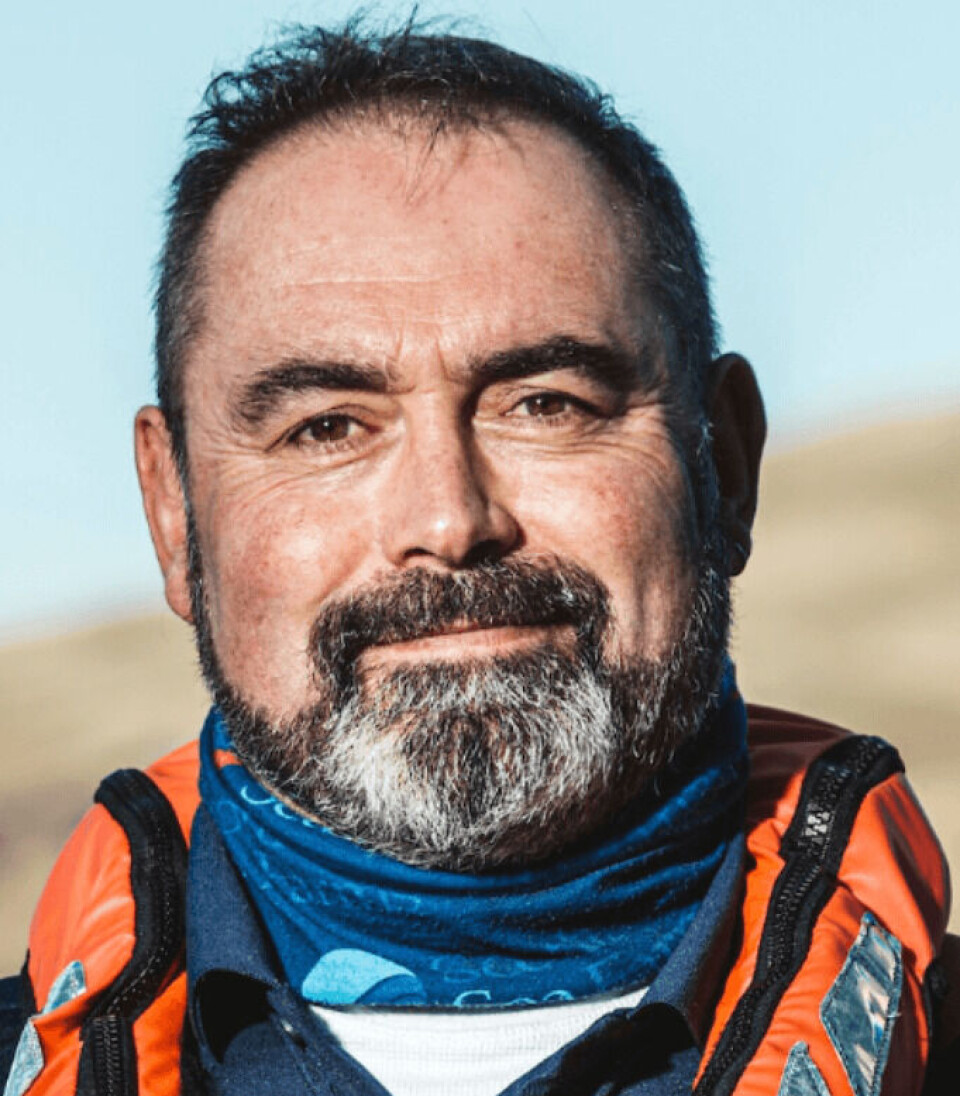
Trial shows that seaweed may be the natural choice for cleaner fish hides
‘Proof of concept’ experiment progressing well at Scottish salmon farm
A trial encouraging growth of seaweed in salmon pens, with the aim of replacing artificial kelp hides for cleaner fish, is producing promising results, Scottish Sea Farms has reported.
Seaweed ropes have been strung across two pens at SSF’s Scallastle site, in the Sound of Mull, each with four to five lines that have established to a depth of 7-8 metres since the project began at the start of the year, overseen by farm manager Michael Keenan and his team.
The salmon and cleaner fish (wrasse and lumpfish) seem happy too, said Innes Weir, production manager for SSF’s mainland region.
'No downside'
“This is a small-scale, proof of concept trial exploring whether kelp will grow to a depth that allows cleaner fish to create a habitat, and whether it will survive throughout the winter,” Weir told SSF’s staff newsletter, The Source. “If successful, we can stop putting artificial plastic hides in pens.
“There is no downside that we can see and several advantages. Studies have shown that seaweed absorbs CO₂ and removes nitrogen and phosphorous from the ecosystem. It’s a bit like planting trees to offset your carbon footprint.”

In another, more recent trial, ropes from which seaweed has been harvested but which still have the seaweed holdfast (root) attached, have been installed in Loch Spelve to see how they re-establish.
Seeded lines
Both the Scallastle and Spelve projects are a collaboration with Oban-based seaweed company Celtica, which obtained seeded lines from the Scottish Association for Marine Science (SAMS) in Dunstaffnage, Oban.
SSF is trialling two different seaweed species which are not suitable for food production but may have potential use as a fertiliser once removed from the farms.
The salmon farmer’s plan is to roll out the programme, with less exposed farms most likely to be selected.
“Introducing seaweed into the pens is like working with nature,” said Weir. “Because kelp has a natural, antibiofouling property within it, we don’t need to clean it.
“Regardless of what type of farming you do, whether it’s marine or terrestrial, we’re all looking towards more biological solutions.”